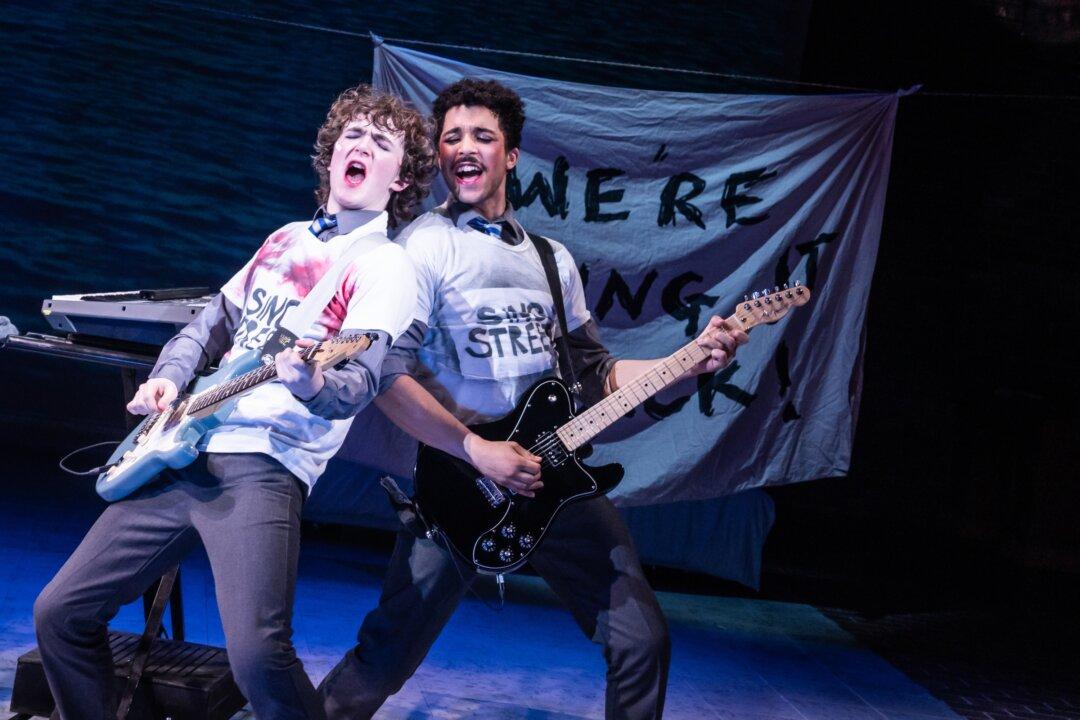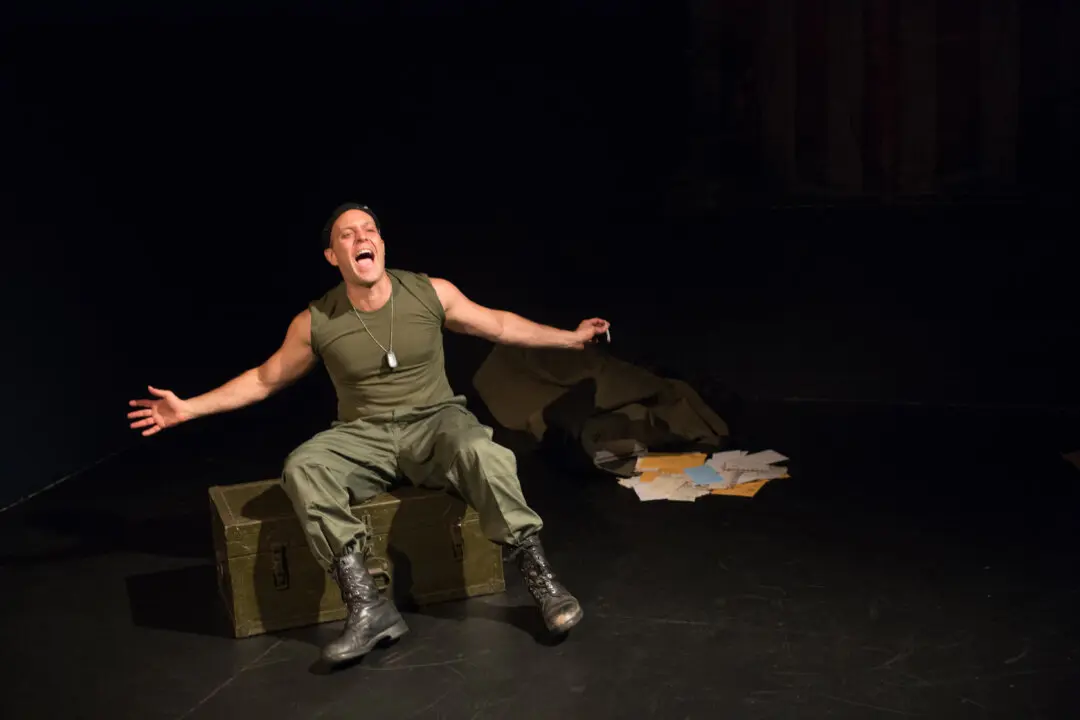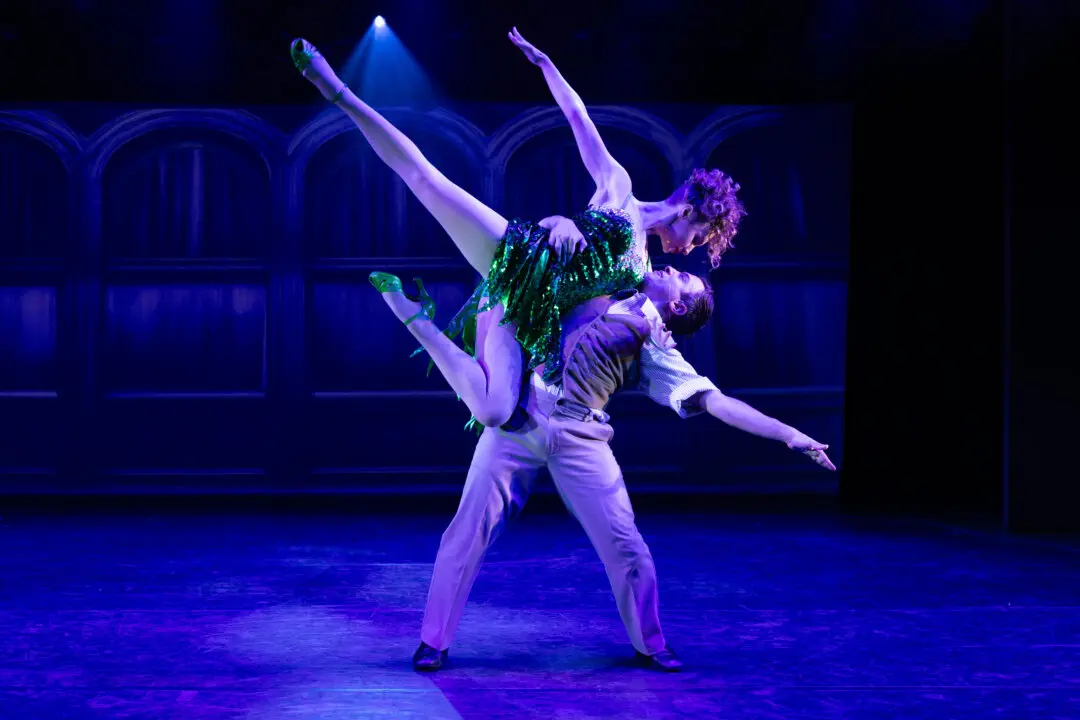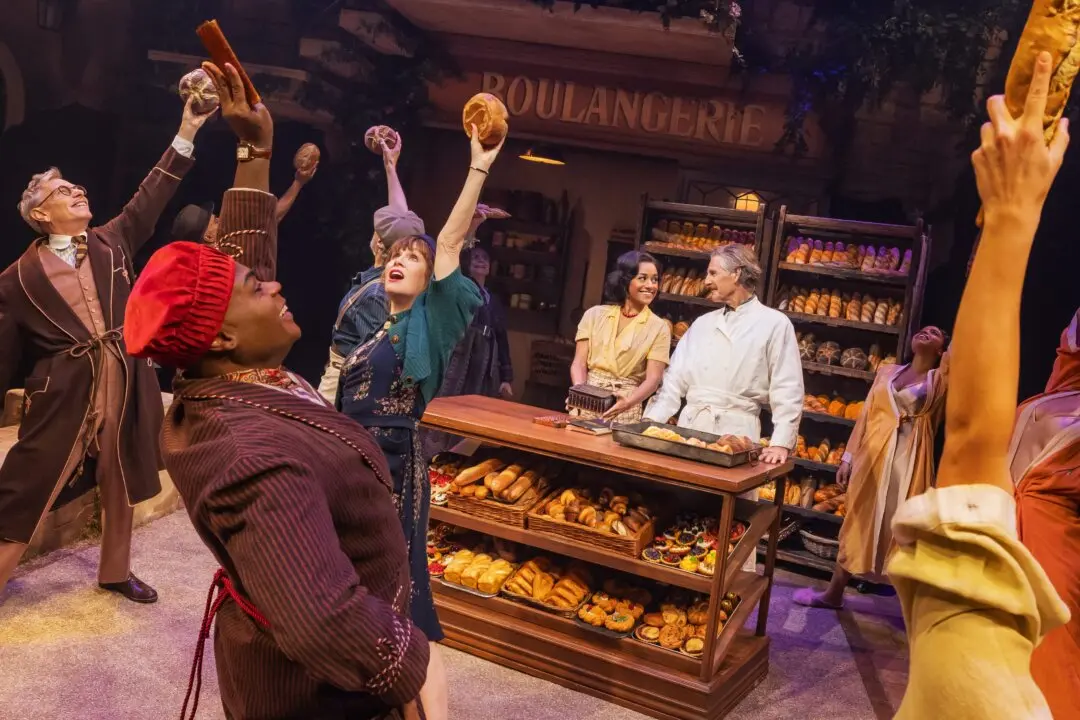NEW YORK—Few shows start off with as much promise as the new off-Broadway musical “Sing Street,” at New York Theatre Workshop. Based on the 2016 British film of the same name, this stage version still has some kinks to work out as the work progresses, but it is still quite the breath of fresh air.
In 1982, Conor Lawlor (Brenock O'Connor) is a 16-year-old aspiring musician from a troubled family in Dublin, Ireland. Due to the distressed economy, his architect father (Billy Carter) has been out of work for some time, which has strained his already troubled marriage.





